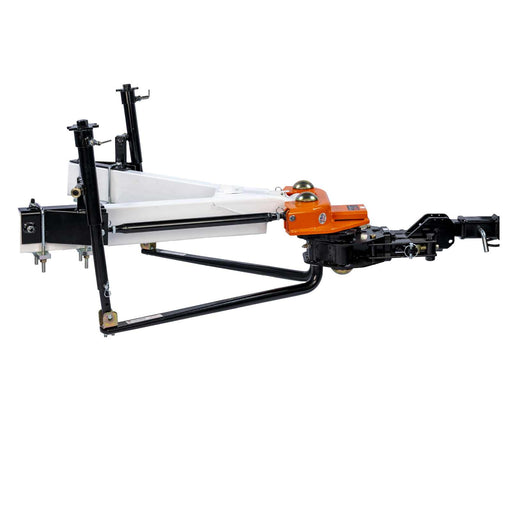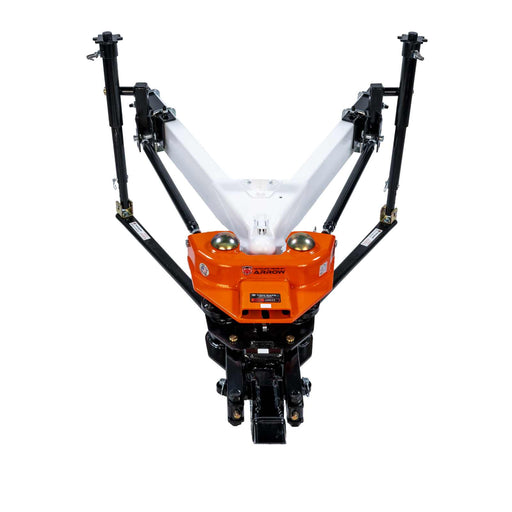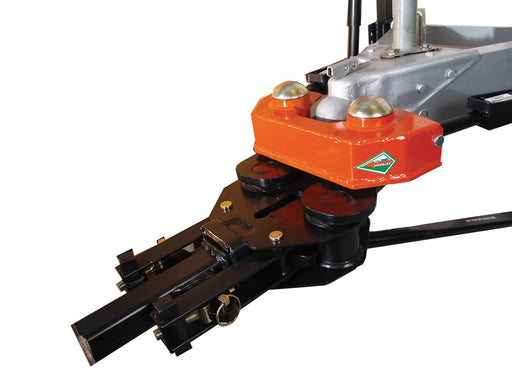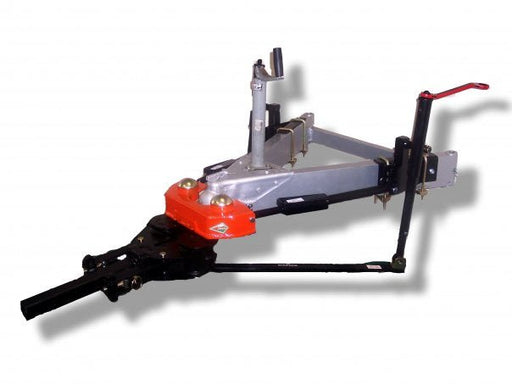Call us 800-410-6580
6 Causes of Trailer Sway and How to Prevent It
Trailer sway—also known as fishtailing or whipping—is the stuff of nightmares for RV owners. Trailer sway is the number one cause of RV accidents in the United States. If you’ve see nail biting footage of trailers swaying online, or have seen an accident on the side of the road involving a trailer, you know just how dangerous trailer sway can be.
What Is RV Trailer Sway?
Trailer sway is a persistent side-to-side swaying motion, usually occurring at higher speeds. It happens when the trailer moves faster than the tow vehicle, resulting in a side-to-side oscillation. The causes can vary, including crosswinds, uneven roads, steep mountain terrain, insufficient tongue weight, or evasive driving maneuvers. Trailer sway is challenging to predict. Sometimes, a swaying trailer quickly realigns with the tow vehicle, while other times, it escalates until it overwhelms the tow vehicle, leading to a crash in a matter of seconds.
Do All RVs Have Trailer Sway?
Not all RVs are subject to trailer sway. It primarily affects towable RVs, especially travel trailers (which happen to be the most popular kind of RV). Fifth wheels, which pivot directly atop the rear axle, are less prone to sway. However, if you’re towing a 7,000-lb mini-house, understanding how to mitigate and eliminate trailer sway is crucial.
Want to find the perfect hitch? Take the Quiz.
Common Causes of Trailer Sway
Let’s explore the common culprits behind trailer sway:
- Insufficient Tongue Weight: Particularly problematic for travel trailers, insufficient tongue weight occurs when the tongue weight is less than 10-15% of the gross trailer weight. For fifth wheels, aim for 15-25% tongue weight.
- Poor Weight Distribution Adjustment: Improperly distributed weight can lead to sway. Ensure your cargo is balanced and secured, and consider using a weight distribution hitch.
- Stiff Crosswinds: Wind pushing against the broad side of your trailer can set off sway. Aerodynamic design and cautious driving during windy conditions are essential, but can’t always be avoided.
- Semi-Truck Gusts: Passing semi-trucks create air turbulence, affecting your trailer. Maintain a steady speed and keep a safe distance.
- Underinflated Tires: Properly inflated tires provide stability. Regularly check tire pressure.
- Potholes and Rough Roads: Uneven surfaces can set off trailer sway. Slow down when encountering rough patches.
Eliminating Trailer Sway with the Hensley Arrow: A Smart Investment for Safety
Accidents caused by trailer sway are entirely preventable with a little pre-purchase research. Whether you’re in the market for a new trailer or already own one, consider upgrading your hitch system to enhance safety. The Hensley Arrow (or the smaller Cub version for compact trailers) is a game-changer because it will eliminate trailer sway 100%.
By shifting the pivot point of the trailer over the rear axle of the tow vehicle, it effectively creates a solid unit from the trailer forward, while allowing the tow vehicle to maneuver freely.
The Hensley Hitch can be easily mounted on your existing trailer and will stay with you for life.
We guarantee your Hensley hitch will eliminate trailer sway under any towing conditions, or we’ll refund the full purchase price.
Each hitch is protected by a 60 day satisfaction guarantee, and an unrivaled Lifetime Warranty on all parts. Although it’s pricier than friction-style hitches, the peace of mind it provides is well worth the investment—especially when compared to the potential cost of a trailer accident.
Hensley Anti-Sway Hitches
Ultimate Hensley Arrow® Anti-Sway Trailer Hitch - Rated For 3,000 - 16,000lbs
Safety and Confidence when you travelWhen your family, truck, and trailer are on the line, Hensley is a name people have known and trusted for 30 ...
View full detailsHensley Cub Anti-Sway Trailer Hitch - Rated for 6,000 lbs
This is the original Hensley Cub®, the only hitch 100% Guaranteed to eliminate trailer sway. Get all the same great features of the Arrow, just in ...
View full details





